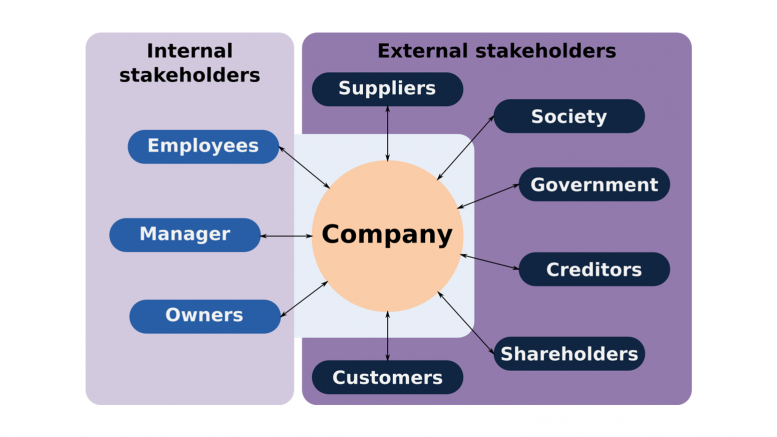The job of a communicator has many dimensions to it. What remains sacrosanct to it is stakeholder mapping and knowledge. This cuts across any task that you are assigned to as a communicator – be that of strategy, working with media, executive communications or event management.
How do you even begin stakeholder mapping? From where does one acquire that knowledge? Let us look at some of the key steps associated with developing the right stakeholder map.
The first step is to understand the business and its intricacies. Business and communications is joined at the hip. The key to a successful business strategy is the mapping of critical stakeholders/customers with appropriate communication messages aimed at them. When you interact with the business leaders you will gain customer insight and knowledge that will help you start build the stakeholder map.
Tip: Talk to your business leaders as often as you can
Each business has its own unique needs and unique customers. While end customers are the most important stakeholder for a business, it is the ecosystem of influencers whose mapping is more critical.
For instance, if you are associated with a telephone/mobile service provider, your key customer is the consumer. However, policy makers, NGOs, consumer bodies, industry bodies, the media, and influencers form part of the key stakeholders group. The messaging for each of the group may need to be customised and the appropriate channel chosen.
Once you have identified the key stakeholders, prioritise them. Understand the dynamics of which stakeholder is most important and what is his/her sphere of influence on the business outcome…how strong is your relationship matrix with this stakeholder? This way you will be able to zero down to the level and type of engagement you would want with the stakeholder.
Tip: Take cross functional inputs to evaluate the relationship matrix
The stakeholder matrix can become complicated if it involves policy makers and government. As communicators you need to cultivate a sound knowledge of key policies that can derail the business outcomes for your organisation. This add on skill helps even if policy/government/public affairs is not your mandate. The latter does not work in isolation. While the subject matter expertise may rest with within a specialised function, it is communications that acts as the common denominator across all functions and divisions within the organisation.
Tip: Get the hang of underlying policy implications
The prioritisation of stakeholders leads to developing the right outreach strategy. As a communicator, you should be able to rank stakeholders and develop scenarios wherein you can map the stakeholder needs. Perhaps they may need a slightly increased level of engagement? Or may be it is the monitoring of the environment that would assume more importance? Or may be you would just need to keep them informed about new developments…
Tip: Customise outreach strategy as per stakeholder needs
Once you have worked on identification, analysing and prioritising of stakeholders, you will now need to develop your engagement strategy. Develop a comprehensive communications plan that outlines your messages and the medium you intend to use to communicate the same. Remember that employee communication is equally imperative. Employees are an important stakeholder in your overall communications strategy.
Tip: Align with HR for effective employee engagement
Now that you have gone through the whole process and have embarked on your communications roll out, remember not everything may go as planned. Your communication plan needs to be fluid and flexible to accommodate any change in stakeholder dynamics. You may come across stakeholders who are tough to engage with – acknowledge the diversity in thoughts and try to search for commonalities that can be aligned with the business. This calls for a very high degree of engagement and involvement and you may need to tailor your communications accordingly.
Tip: Be prepared for the unexpected
Successful communications strategy is adapted according to stakeholders. Certain fundamentals of messaging may remain common across the spectrum. A good communicator knows how to engage with stakeholders and build the right messages.



Be the first to comment on "The significance of stakeholder mapping"